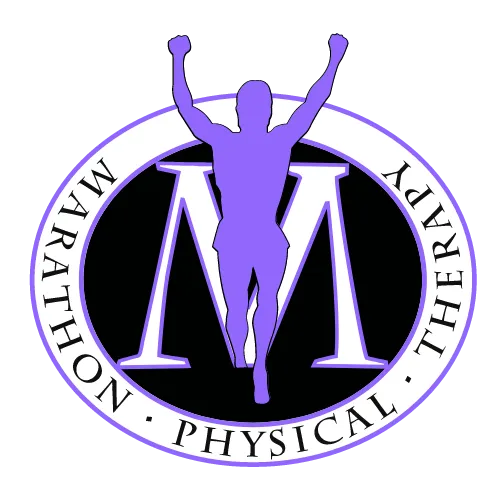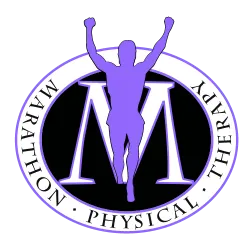Motor Vehicle Accident in Great Neck and Floral Park

What to expect from motor vehicle accident physical therapy in Great Neck & Floral Park
Assessment and Diagnosis
Our physical therapists will conduct a comprehensive assessment of your injuries, including a thorough medical history review, physical examination, and imaging studies, such as x-rays or MRI scans. This allows us to accurately diagnose your condition and develop a personalized treatment plan tailored to your specific needs.
Pain Management
Pain management is a critical component of Motor vehicle accident physical therapy. Our physical therapists use a variety of techniques to manage pain, including manual therapy, modalities such as heat and cold therapy, and therapeutic exercises. We work with our patients to identify their pain triggers and develop strategies to reduce pain and improve function.
Range of Motion Exercises
Motor vehicle accidents can often result in decreased range of motion due to muscle stiffness and joint restrictions. Our physical therapists will use various techniques such as passive and active range of motion exercises to restore your normal range of motion.
Soft Tissue Mobilization
In addition to joint restrictions, Motor vehicle accident injuries can also result in soft tissue damage such as muscle strains, ligament sprains, and contusions. Our physical therapists use various soft tissue mobilization techniques, such as massage therapy and myofascial release, to promote healing and improve flexibility.
Strengthening Exercises
After a motor vehicle accident, the affected muscles may become weak due to disuse or injury. Our physical therapists use strengthening exercises to rebuild the muscles’ strength, which helps restore function and reduce the risk of future injury.
Balance and Coordination Training
Motor vehicle accidents can also cause balance and coordination issues, which can lead to falls and other accidents. Our physical therapists use balance and coordination training to improve the patient’s ability to move safely and confidently.
Functional Training
Functional training involves exercises that simulate real-life movements, such as lifting, pushing, pulling, and reaching. Our physical therapists use functional training to help patients regain the ability to perform their daily activities and tasks, such as driving, cooking, and cleaning.
Return to Work/Sport
Returning to work or sports after a Motor vehicle accident injury can be challenging. Our physical therapists work closely with patients to develop a plan that gradually reintroduces them to their work or sports activities. We provide education and support to help patients maintain their progress and prevent future injuries.
Recover from accidents faster with physical therapy in Great Neck & Floral Park
Motor vehicle accidents can cause significant physical and emotional trauma. At our physical therapy clinic, we are committed to helping our patients recover from Motor vehicle accident injuries and return to their pre-accident level of function. Our physical therapists use a holistic approach that combines pain management, range of motion exercises, soft tissue mobilization, strengthening exercises, balance and coordination training, functional training, and psychological support. Contact us today to schedule a consultation and start your journey to recovery.


